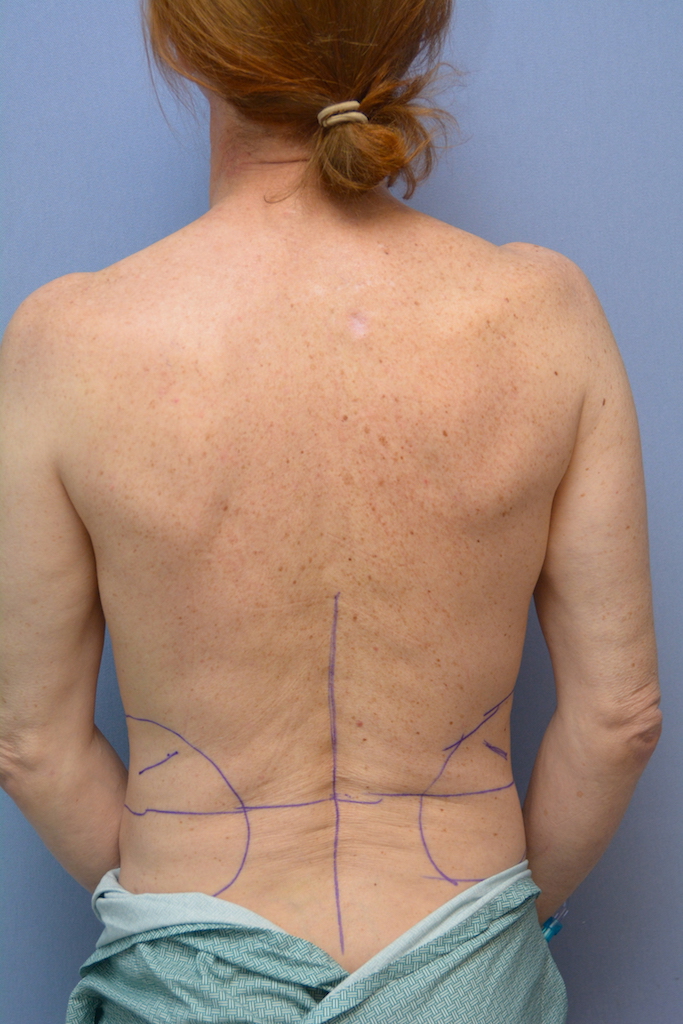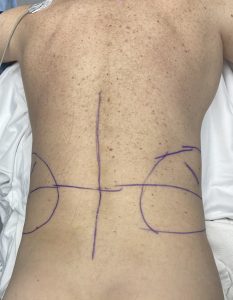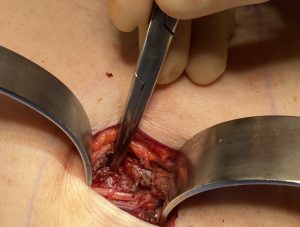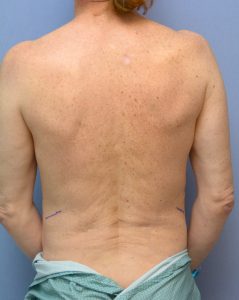Background: The desire for waistline narrowing is universal for which conventional surgical approaches work most of the time. The most common waistline narrowing procedure is liposuction which reduces the subcutaneous fat layer between the skin and the muscle. Thinning this tissue layer combined with overlying skin retraction from the volume loss will work for most patients who have rolls, love handles and otherwise waistline excesses. Tummy tucks are often lumped into waistline reduction procedure but this really refers to the anterior waistline between the two hip points, not the lateral waistline. If combined with flank/waistline liposuction a more complete waistline reduction is obtained.
There are other types of patients seeking waistline narrowing for which these common procedures are less effective or not effective at all. Thin cis-females who want an even narrower waistline than the one they have, cis-females who have a straight body profile who desire some semblance of curves and the transgender MTF who seeks body shape improvements over what the genetically wider ribcage and narrow hips gives them. This is where the role of rib removal surgery comes into play as it moves beyond what manipulation of the outermost fat layer can do…of which most of these types of patients have very little of it anyway or have already had liposuction. (probably from a prior BBL procedure)
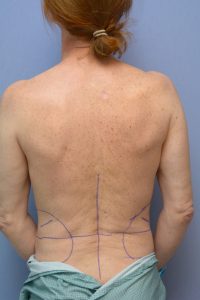
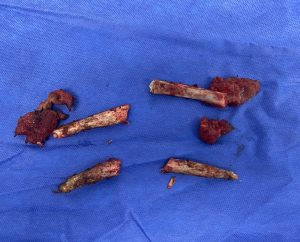
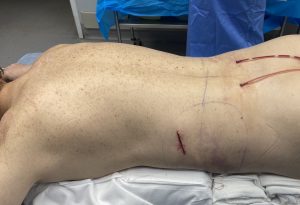
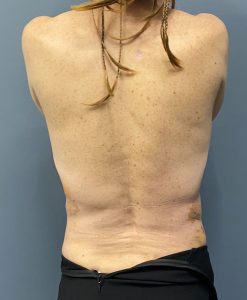
Case Highlights:
1) Rib removal for waistline narrowing is an often misunderstood procedure, particularly from an anatomic perspective.
2) To maximize the waistline narrowing effective the floating ribs along with some overlying muscle and fat are removed.
3) Recovery from rib removal surgery is primarily of a muscular nature in which getting up and down poses the greatest initial challenge.
Dr. Barry Eppley
World Renowned Plastic Surgeon

